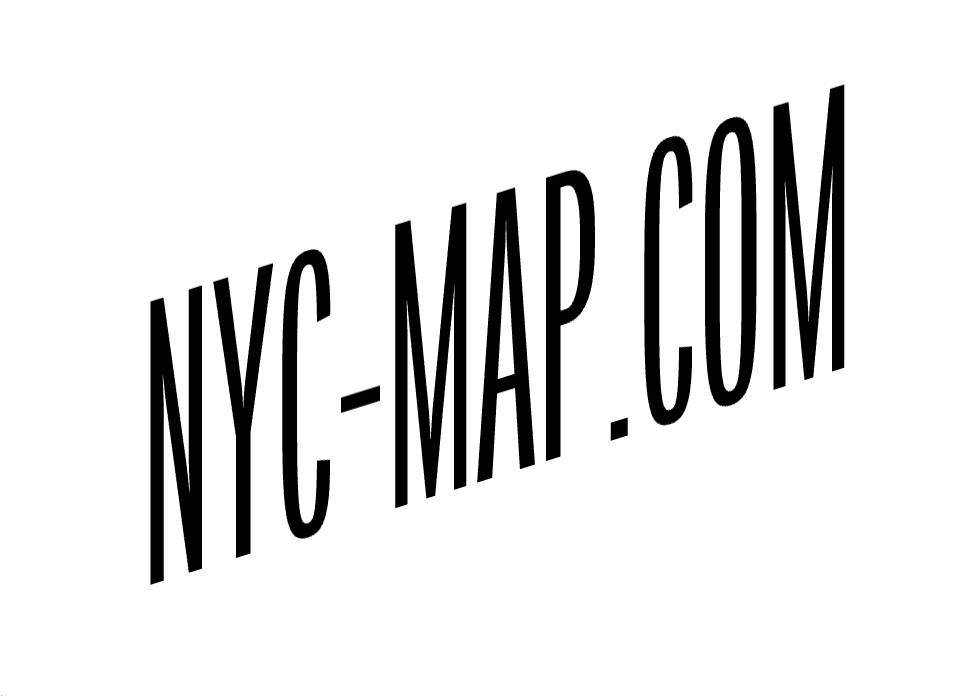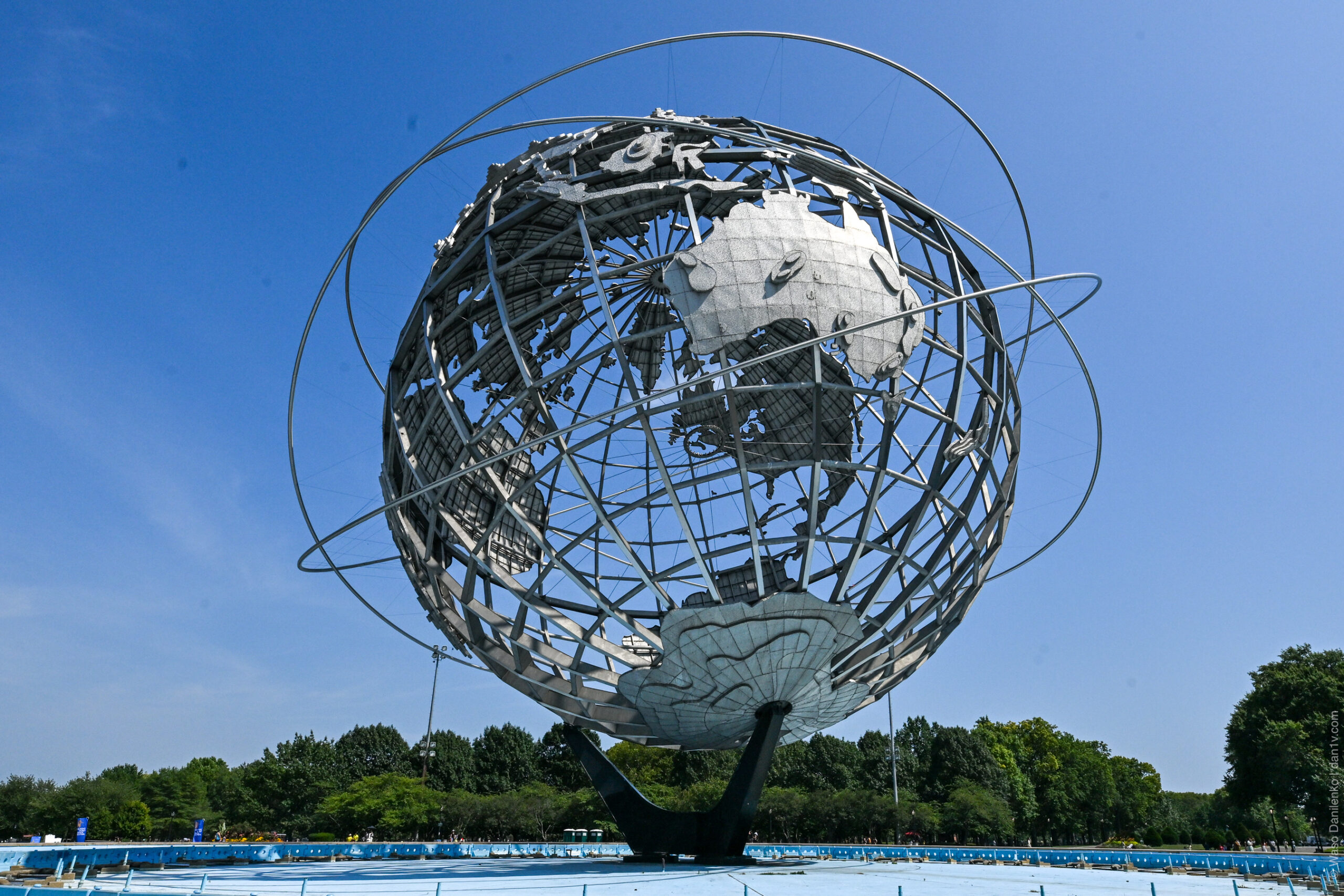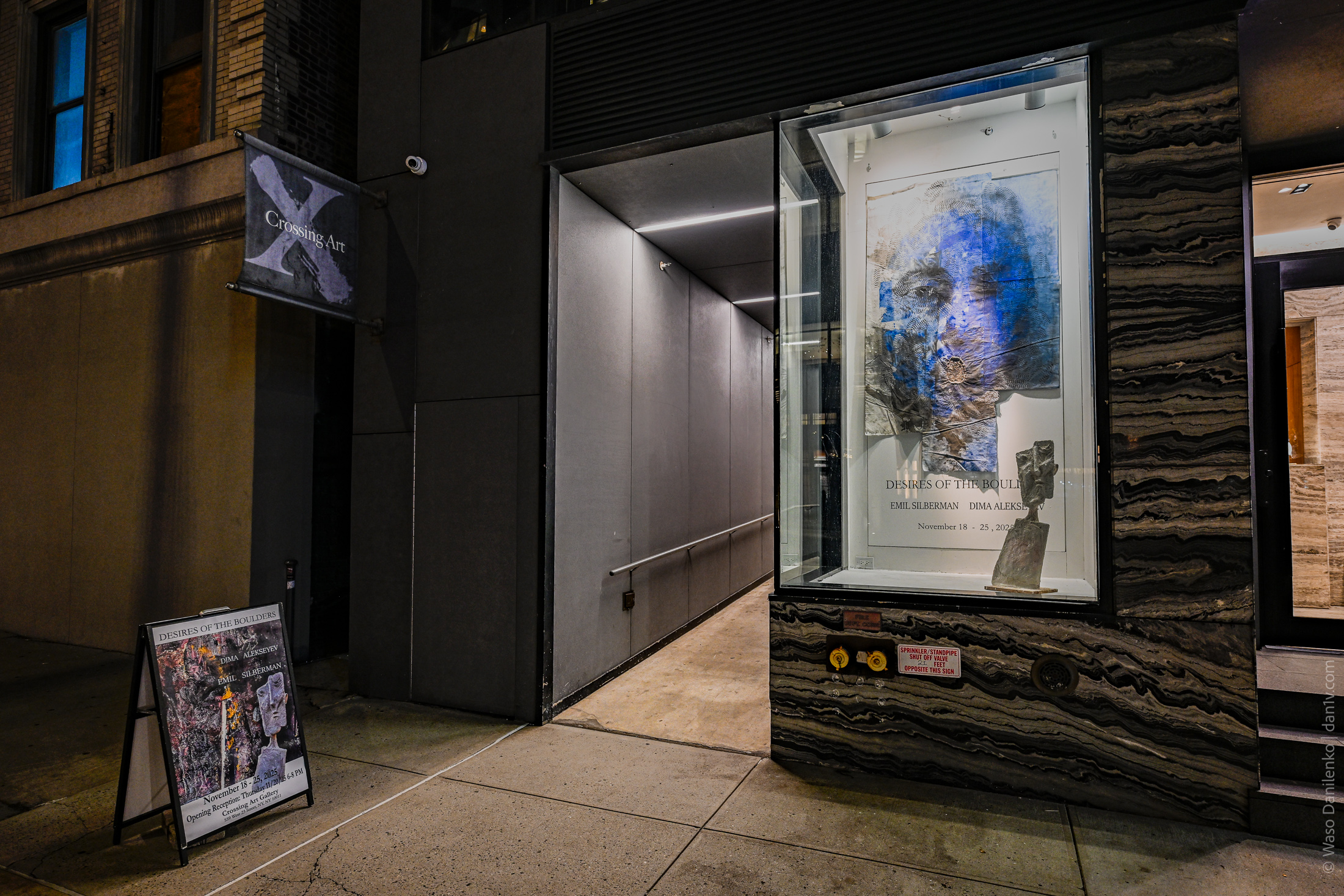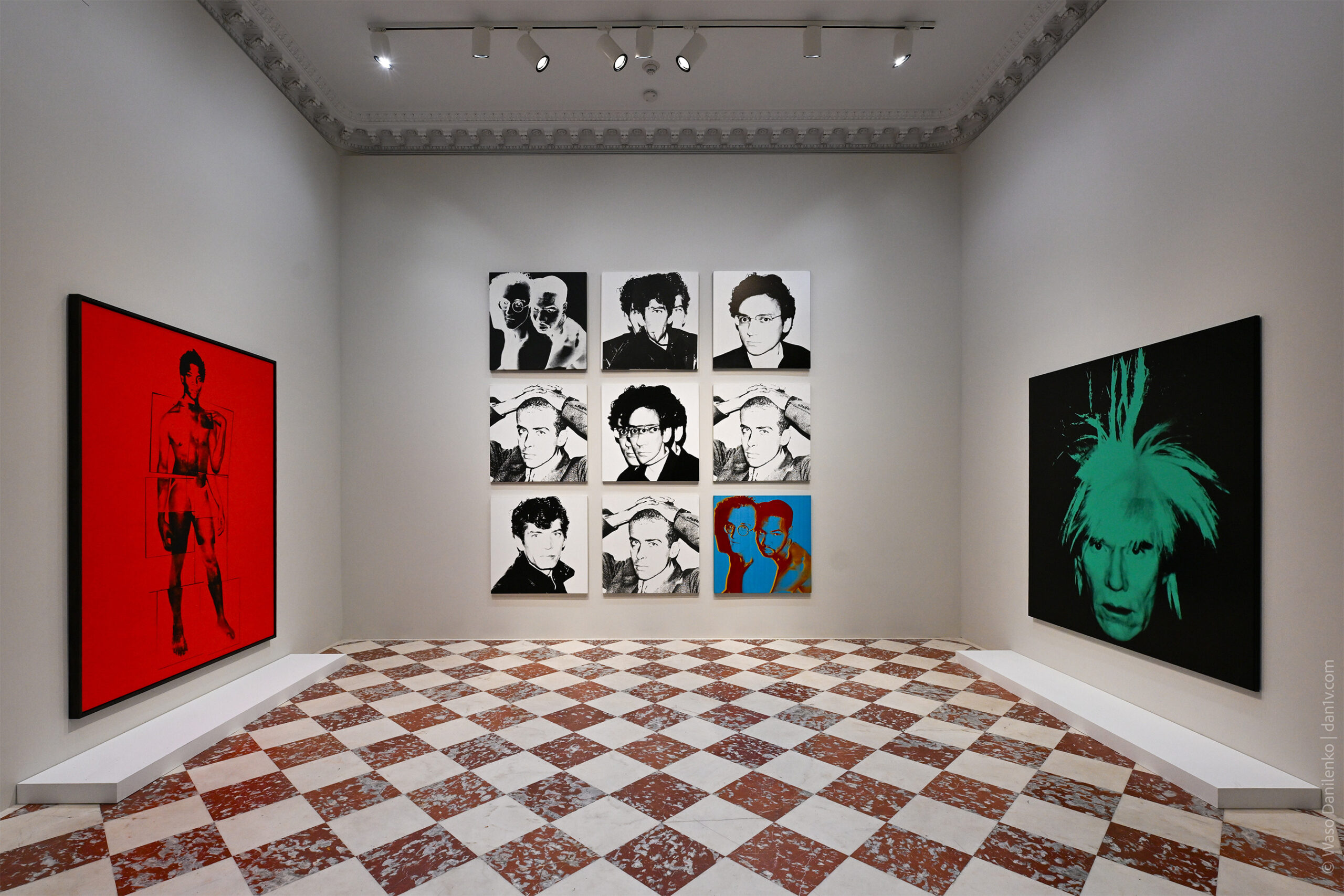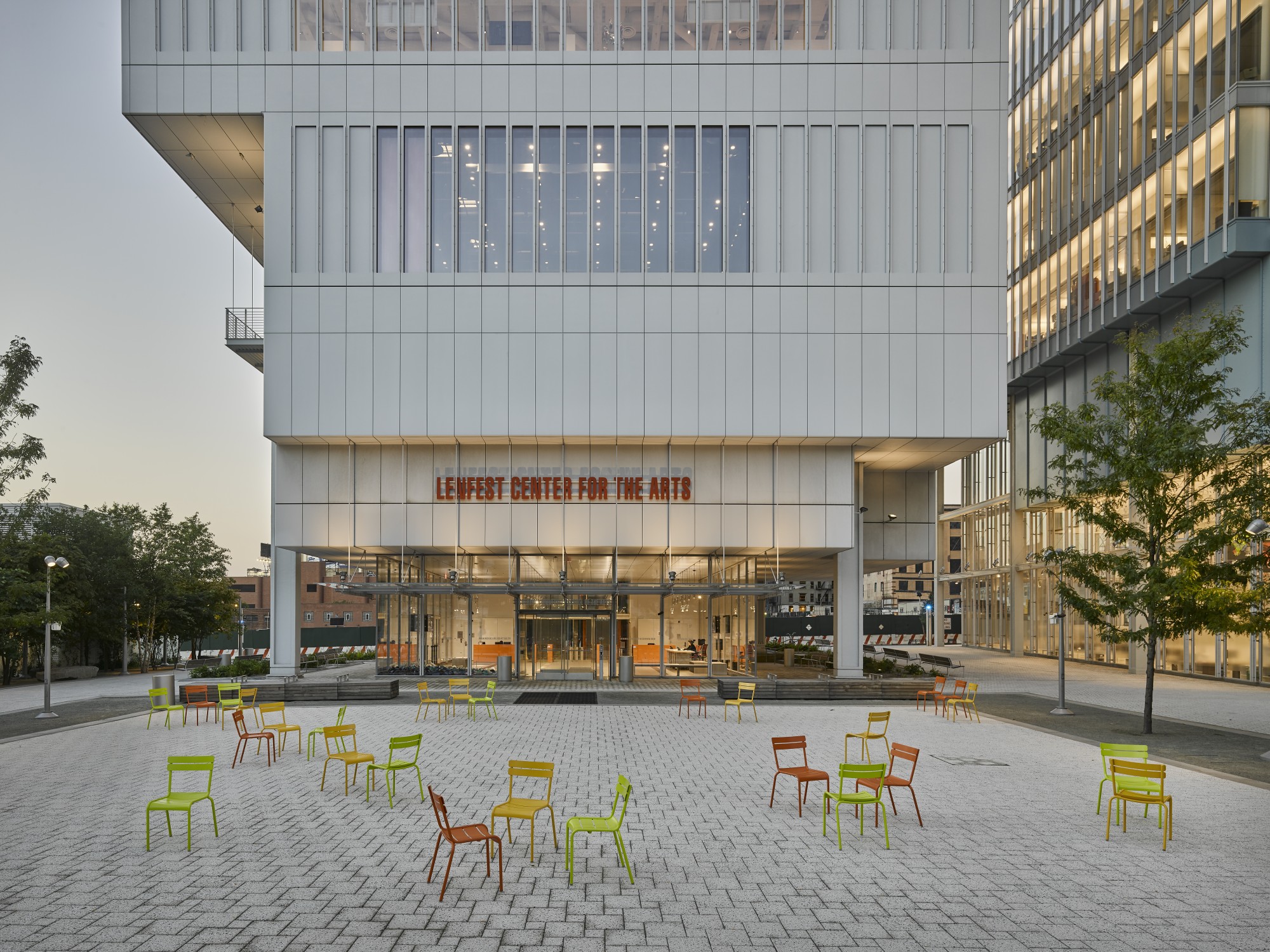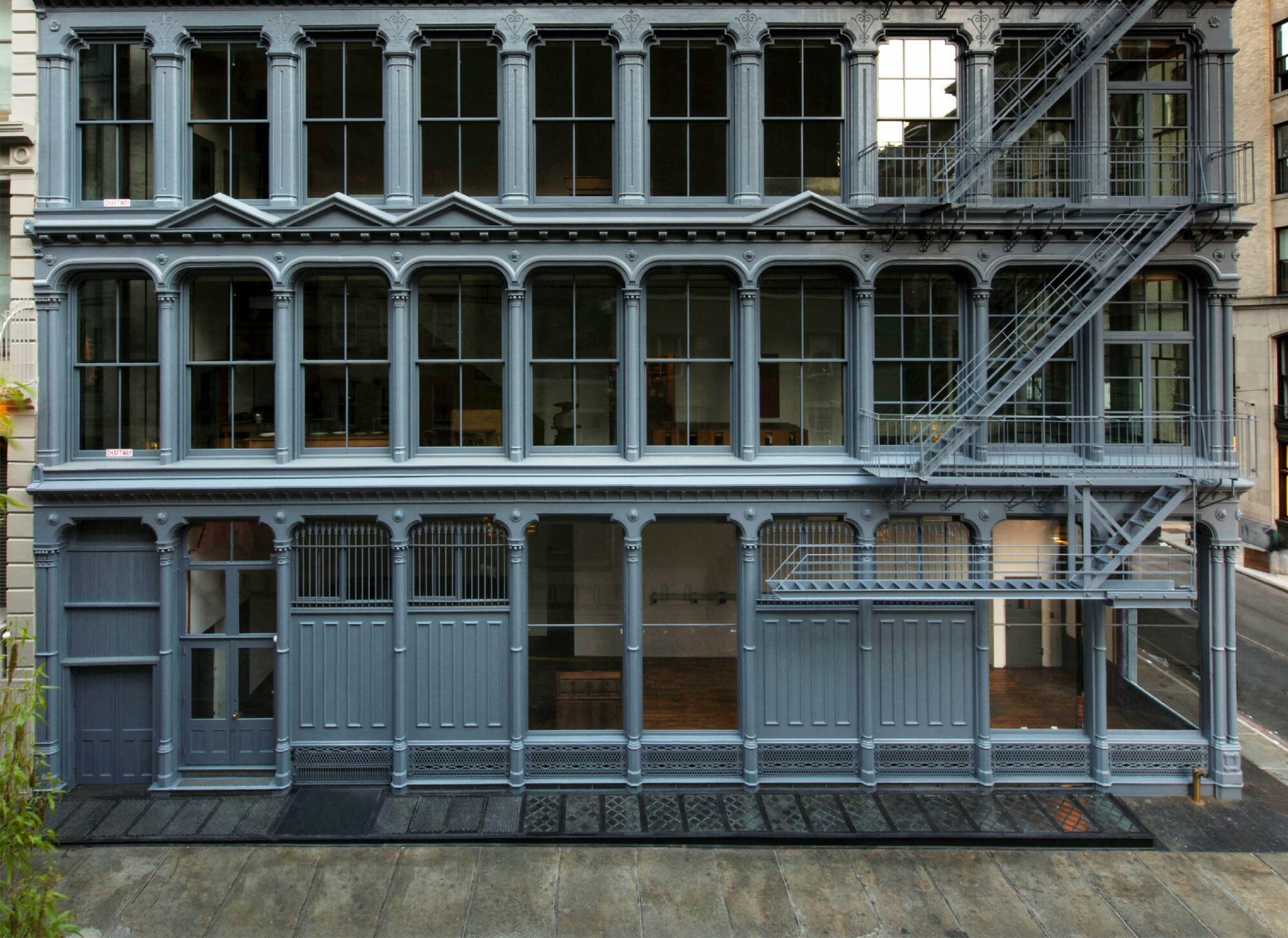The world’s largest globe isn’t hidden inside a planetarium or a science museum — it stands proudly outdoors in New York City. The Unisphere is a monumental stainless-steel sculpture, 37 meters (120 feet) in diameter, located in Flushing Meadows–Corona Park, Queens — just across from the Queens Museum.
Although it looks like a globe, it’s not a literal model of Earth. There are no country borders, and many smaller islands are missing — it’s more of a symbolic, stylized representation of our planet.
Structure and Scale
The Unisphere consists of a strong steel framework made up of parallels and meridians.
Large metal panels represent the continents and major islands, with slight reliefs that hint at mountain ranges and coastlines.
The entire sphere is tilted at 23.5°, just like the Earth’s axis. This tilt makes the sculpture feel dynamic — as if the planet were gently spinning, suspended above the reflecting pool beneath it.
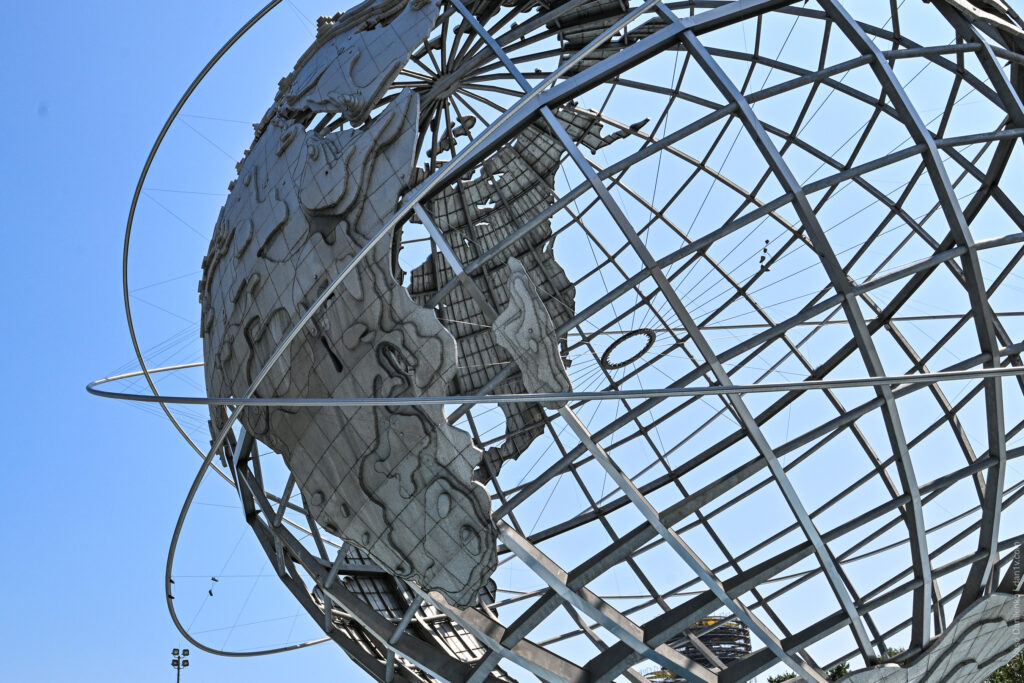
Three Rings: Traces of Humanity’s First Steps into Space
Encircling the globe are three steel rings, intersecting at different angles. These aren’t random decorative lines — they symbolize the orbits of three milestones in the early space age:
- Telstar (1962) — the first communications satellite to transmit a television signal across the Atlantic;
- Yuri Gagarin’s orbit (1961) — the first human to travel around the Earth;
- John Glenn’s orbit (1962) — the first American to circle the planet.
Together, these rings connect the Unisphere not only to the Earth but also to humanity’s first leap beyond it.
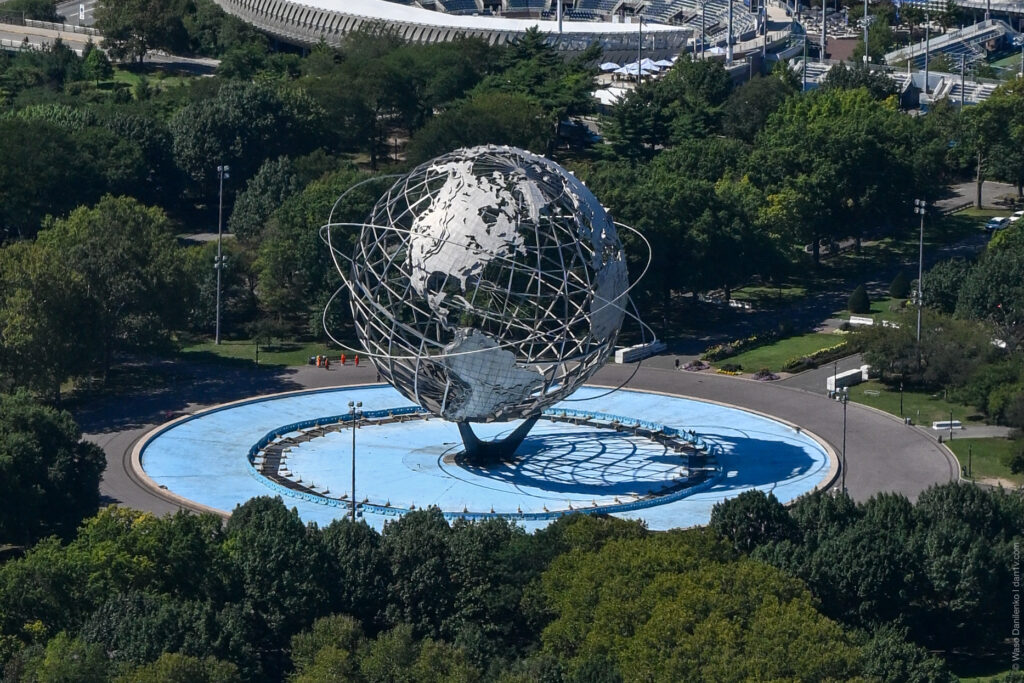
A Planet Where Grass Grows
The total area of the Unisphere’s “continents” is about 1,200 square meters (13,000 sq ft). Unsurprisingly, nature has found its way into the structure over time. In 2009, real grass began growing on the “Antarctica” section, thanks to accumulated bird droppings and leaves that created a natural layer of soil.
Viewed from the edge of its surrounding reflecting pool, the Unisphere resembles the Earth as seen from about 6,400 kilometers (4,000 miles) away. For comparison: the International Space Station orbits at roughly 420 km (260 miles), while navigation satellites are around 20,000 km (12,400 miles) from Earth.
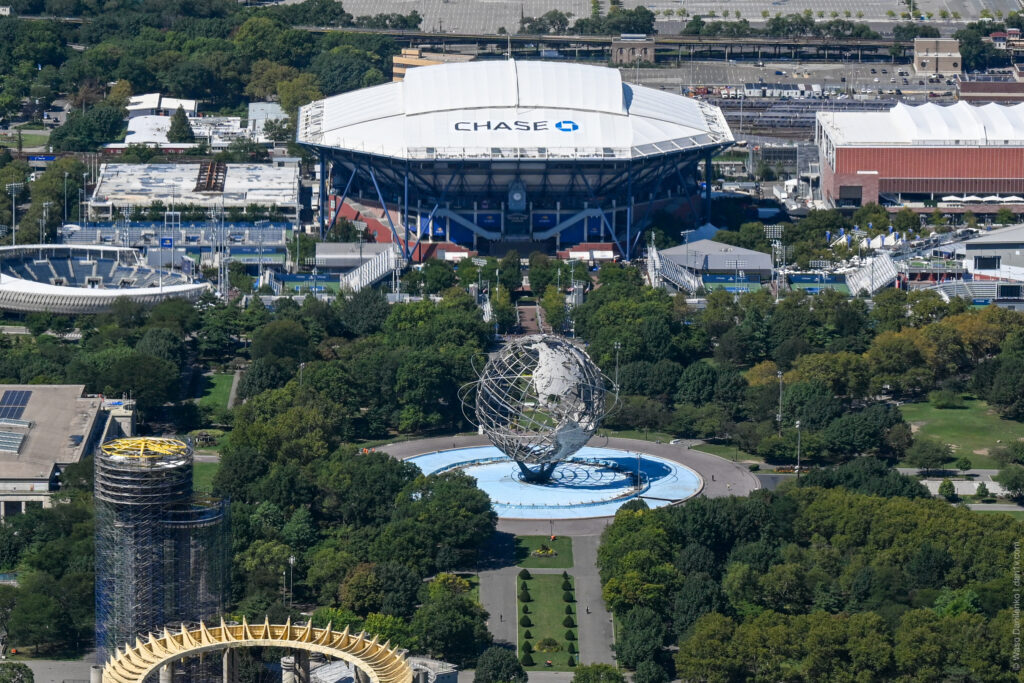
From Controversy to Icon
The Unisphere was built for the 1964 World’s Fair in New York City. The fair’s theme — “Peace Through Understanding” — perfectly matched the optimism of the space age, when humanity first saw itself as a single planet.
But the sculpture’s debut wasn’t exactly celebrated. Newsday called it “terribly dull” and compared it to “a Western Union ad.” The Nation dismissed it as “a decorative roadside inspiration, a banal caricature in steel.”
Over the years, the Unisphere suffered neglect and damage. By the 1970s, the surface had turned grimy, the reflecting pool was covered in graffiti, and in 1989 several metal panels — including those representing India, Vietnam, and Sri Lanka — were torn off during storms.
Things began to improve after 1978, when the US Open tennis tournament was moved to Flushing Meadows, bringing much-needed restoration and attention to the park. Gradually, the Unisphere became a beloved — and uniquely authentic — New York landmark.
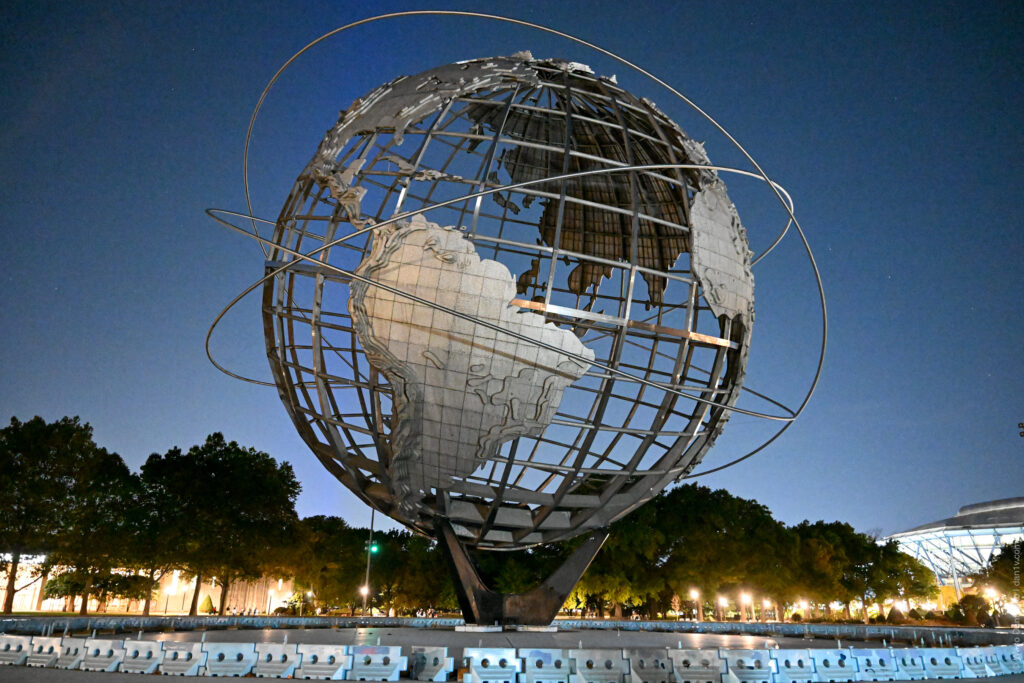
On Screen and in Music
The Unisphere has made countless appearances in pop culture. It’s featured in Iron Man 2, Captain America: The First Avenger, Spider-Man: Homecoming, and the cult classic “Men in Black.”
It’s also a familiar sight in hip-hop videos from New York artists: A Tribe Called Quest’s “Award Tour”, Craig Mack’s “Flava in Ya Ear”, and Puff Daddy, Mase & The Notorious B.I.G’s “Mo Money, Mo Problems.”
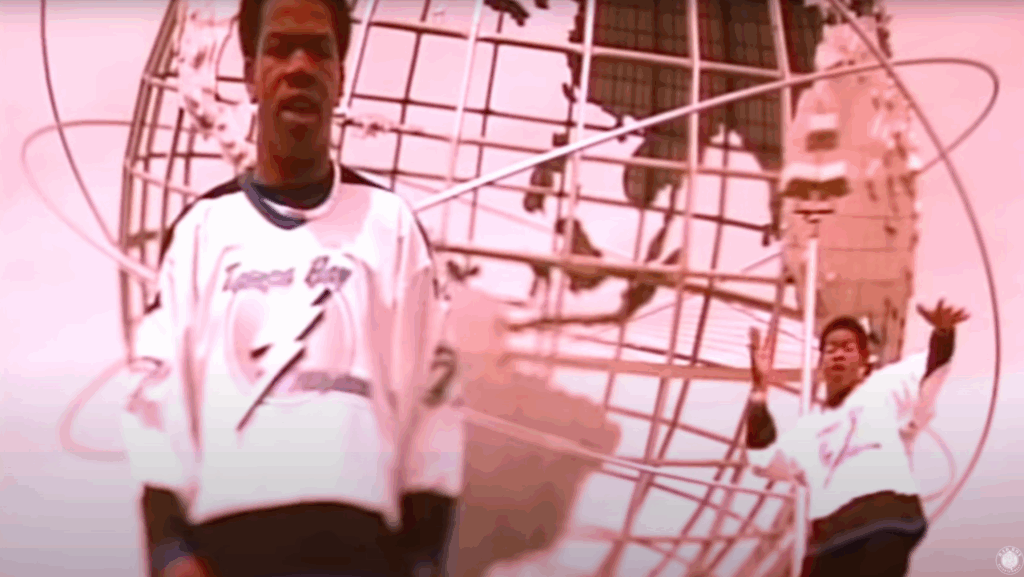
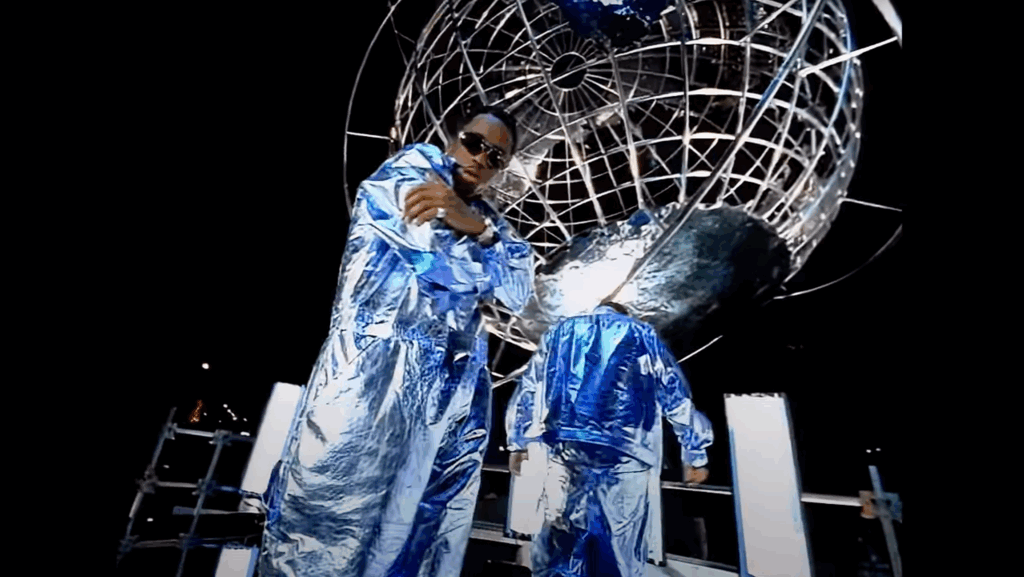
A New Symbol for an Old City
“People have just exhausted New York’s symbols — now it’s the Unisphere’s turn,” said one local entrepreneur in The New York Times, whose products feature its image.
Today, the Unisphere stands as more than a relic of the 1964 World’s Fair. It’s a monument to an era when humanity looked to the future with optimism — when space exploration symbolized peace, progress, and the shared spirit of discovery.
📍 Unisphere / Flushing Meadows–Corona Park, Queens, NY 11354
